MANAGEMENT OF GUM DISESE
Prevention
The goal, of course, is to avoid gum disease. This is not always possible because of the many factors that may contribute to an oral condition. However, some basic principles apply for both preventing initial gum disease and repairing the oral environment during and after any necessary professional dental intervention.

Practice good dental hygiene

Get regular check-ups, at least every six months

Eat a healthy and well-balanced diet
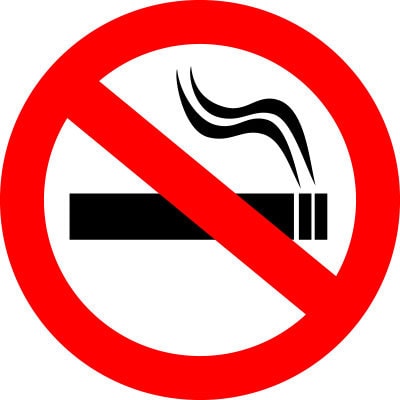
Don't smoke

Brush at least twice a day
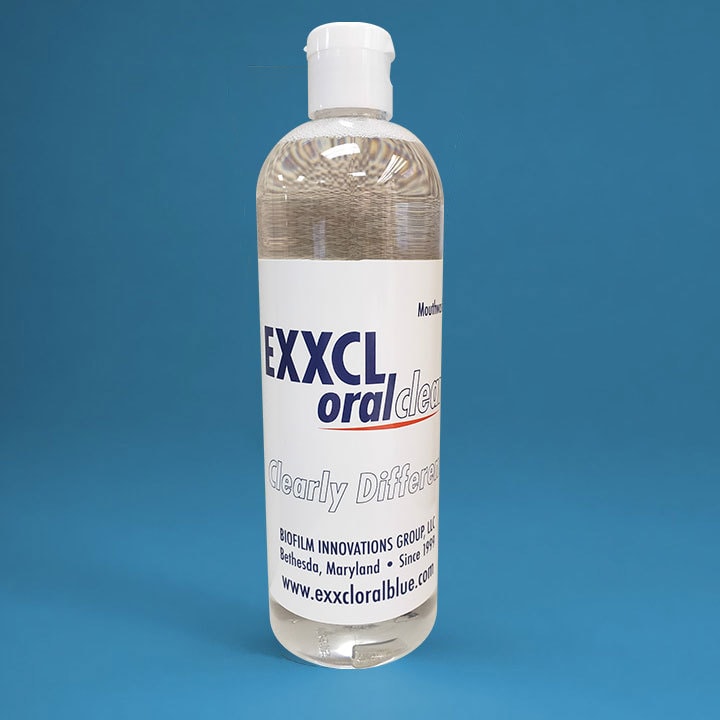
Rinse with an antimicrobial mouthwash
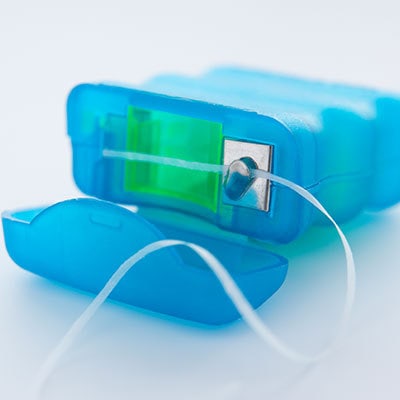
Floss daily
Treatment
Once gingivitis or periodontitis is diagnosed by a dental professional, the main goal of treatment is to control the infection.
The types of treatment will vary, depending on the extent of the gum disease. Typical treatments may include:

Deep Cleaning (Scaling and Root Planing)
The dental professional removes the plaque through a deep-cleaning method called scaling and root planing. Scaling scrapes off the tartar from above and below the gum line. Root planing gets rid of rough spots on the tooth root where the germs gather, and helps remove bacteria that contribute to the disease. A laser may be used to remove plaque and tartar.

Medications
Medications may be used along with treatment that includes scaling and root planning but cannot always take the place of surgery. Surgical treatment may still be required, depending on how far the disease has progressed. Studies are ongoing to determine if medications alone can reduce the need for surgery and whether they are effective over a long period of time.
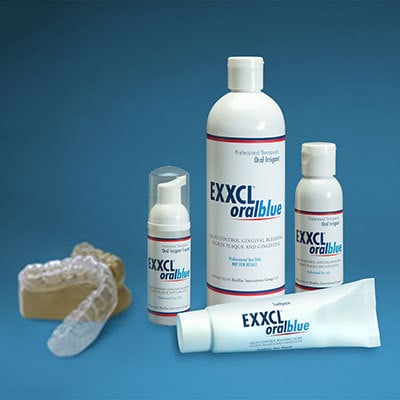
Non-surgical Alternative – EXXCL Oral Blue
A dentist may incorporate a product, such as EXXCL Oral Blue Professional Therapeutic Oral Irrigant®, into a patient's treatment plan. Typically, for more advanced cases of gum disease, the patient will be given an oral perio-appliance to be filled with Oral Irrigant using the EXXCL Oral Blue Foamer™ and worn overnight for a number of weeks, with regular dental visits to chart progress. For less severe conditions and for home care follow-up, twice daily use of the Oral Irrigant and EXXCL Oral Blue Toothpaste™ may be recommended.
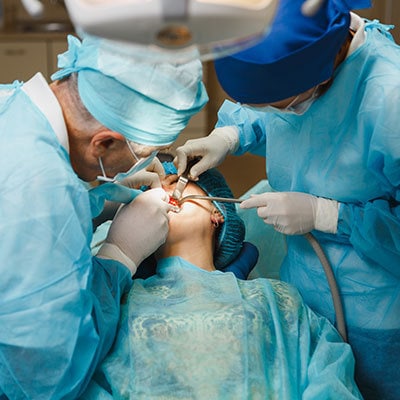
Surgical Procedure
Flap Surgery may be necessary if inflammation and deep pockets remain following treatment with deep cleaning and medications. It involves lifting back the gums, removing the tartar, and suturing the gums back in place so that the tissue fits snugly around the tooth. This removes tartar from deep pockets in order to make the area easier to clean.
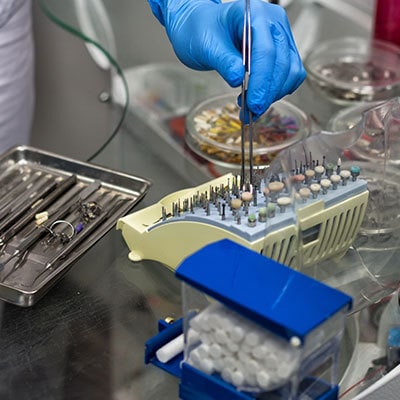
Bone and Tissue Grafts
In bone grafting, natural or synthetic bone is placed in the area of bone loss to help promote bone growth. Additional techniques, such as guided tissue regeneration and growth factor may be used along with grafting to generate bone. In cases where gum tissue has been lost, a soft tissue graft may be recommended, in which synthetic material or tissue taken from another area of the mouth is used to cover exposed tooth roots
If finances are an issue:
- Contact your local university to see if they have a dental school with a program that will treat your specific condition.
- Consider participating in a clinical trial—a research study investigating new ways to prevent, diagnose, or treat disease. Visit http://www.clinicaltrials.gov, “Search Clinical Trials.” Enter periodontal disease in the search box for a list of clinical trials on gum disease for which you may be eligible.
For further information on treatment of gum disease, visit
